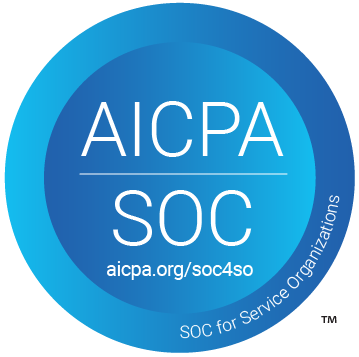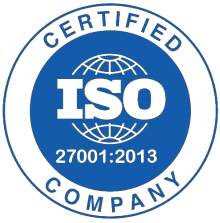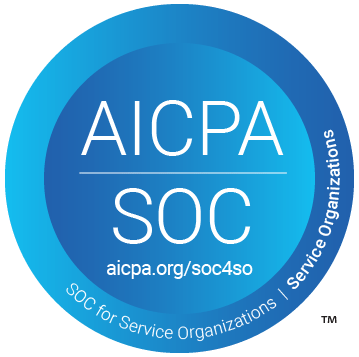Learn how to set up a webhook inside Google Forms using Pabbly Connect for seamless data integration and automation. Follow this definitive guide to creating powerful automated workflows with straightforward, efficiency-focused solutions that save valuable time.
Watch Step By Step Video Tutorial Below
1. Setting Up Pabbly Connect for Google Forms
To set up a webhook inside Google Forms, you first need to access Pabbly Connect. This platform serves as the integration tool that connects your Google Forms with other applications. Start by logging into your Pabbly Connect account and navigating to the dashboard.
Once in the dashboard, click on the ‘Create Workflow’ button. This action will allow you to start the integration process. You will then be prompted to name your workflow, which helps you identify it later.
2. Selecting Google Forms as the Trigger Application
In this step, you will select Google Forms as the trigger application within Pabbly Connect. Click on the trigger window and search for ‘Google Forms.’ Once found, select it to set it as your trigger application.
- Choose the trigger event: ‘New Response Received’.
- This event will activate whenever a new form response is submitted.
After selecting the trigger event, Pabbly Connect will provide you with a webhook URL. This URL is crucial as it will connect your Google Forms to Pabbly Connect, enabling data transfer.
3. Linking Google Forms to Pabbly Connect
Now, you need to link your Google Forms to Pabbly Connect. Open your Google Form and navigate to the responses tab. Click on the ‘Link to Sheets’ option to create a new Google Sheet for storing responses.
In the Google Sheet, ensure that the columns correspond to the fields in your Google Form. This setup allows Pabbly Connect to accurately capture the data. After creating the sheet, return to Pabbly Connect and copy the webhook URL provided earlier.
- Paste the webhook URL into the form settings under ‘Response Destination’.
- Select the appropriate column for your trigger data.
After setting this up, click on ‘Submit’ in your Google Form settings. This action finalizes the connection between Google Forms and Pabbly Connect.
4. Testing the Integration with Pabbly Connect
Once the setup is complete, it’s essential to test the integration. Go back to your Google Form and fill out a sample response. After submitting, you will check if the data appears in Pabbly Connect.
In the Pabbly Connect dashboard, refresh the page to see if the new response appears in the webhook response section. This step verifies that the integration is working correctly and that data from Google Forms is being captured accurately.
Ensure that all fields are populated correctly in the Google Sheet. Check for any discrepancies in the data format.
After confirming the data transfer, your Google Forms and Pabbly Connect integration is successfully set up and ready for use.
5. Finalizing and Utilizing the Integration
With the integration finalized, you can now utilize the data captured from Google Forms through Pabbly Connect. You can send this data to various applications based on your needs.
In Pabbly Connect, navigate to the action window to select the application where you want to send the data. This could be any application supported by Pabbly Connect, allowing you to automate further actions based on the form submissions.
Choose the desired application from the list. Map the fields from Google Forms to the corresponding fields in the selected application.
After mapping the fields, click on ‘Submit’ to finalize the action setup. Now, every time a form is submitted, Pabbly Connect will automatically send the data to your chosen application, streamlining your workflow.
Conclusion
Setting up a webhook inside Google Forms using Pabbly Connect allows for efficient data integration and automation. This process captures form responses and sends them to various applications seamlessly.
Ensure you check out Pabbly Connect to create business automation workflows and reduce manual tasks. Pabbly Connect currently offer integration with 2,000+ applications.
- Check out Pabbly Connect – Automate your business workflows effortlessly!
- Sign Up Free – Start your journey with ease!
- 10,000+ Video Tutorials – Learn step by step!
- Join Pabbly Facebook Group – Connect with 21,000+ like minded people!






